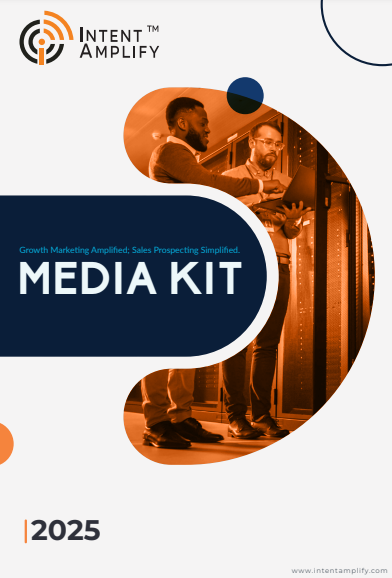
How Does Pay-Per-Lead Work in B2B Marketing?
- Last updated on: October 28, 2025
?Pay-Per-Lead turns marketing from a guessing game into a results engine. It aligns every dollar spent with real conversations and real pipeline – something every modern B2B marketer is under pressure to deliver.” – Sangram Vajre, co-founder, Terminus.
B2B marketers need to show how their marketing efforts lead to real growth. They have to explain how every dollar is used. The problem with traditional demand generation is that it often fails to yield a pipeline, despite providing visibility. Pay-Per-Lead (PPL) closes this gap by connecting your spending directly to real, qualified leads.
PPL is a performance-driven method where the payment is made only when a lead is verified to meet the qualification criteria. The company does not have to pay for clicks, impressions, or general awareness, but only for the outcomes. This method allows for a direct connection between the budget and the pipeline results, thus being a favored strategy of B2B teams that are focused on growth.
What Is Pay-Per-Lead in B2B Marketing?
Pay-Per-Lead (PPL) is a demand generation model of performance where you pay only for the leads that match your Ideal Customer Profile. Rather than spending money on clicks or impressions, you put money into leads that show real relevance and potential buying interest. Such a model connects marketing expenses with actual pipeline outcomes, which is very important in B2B situations with long sales cycles and the need to justify budgets.
In PPL, the lead qualification criteria are set before the start of work. These criteria might be firmographic attributes, e.g., company size, industry, geographic location, and revenue. They can also be behavioral signals such as content engagement level, problem awareness, or buying intent. The main goal is not to produce a huge number of leads but to get leads that are relevant, engaged, and likely to move further in the sales process.
It turns out to be a very effective method of demand generation. You eliminate wastage, raise targeting accuracy and enable the sales department with leads that are already inclined to solution exploration.
Why PPL Matters for Today’s B2B Buyers?
B2B buyers have changed how they research and evaluate solutions. They prefer self-education before engaging with sales. They compare vendors, read reviews, and explore thought leadership content to build clarity on the problem they want to solve. Traditional marketing models struggle to influence this research phase effectively. Pay-Per-Lead bridges that gap by engaging prospects when they are actively exploring topics relevant to your product category.
According to a report, 47.7% of marketing teams reduced budgets in the past year, increasing pressure on pipeline efficiency. PPL aligns with this new buyer journey. It captures interest during awareness or consideration stages and converts that interest into a lead that your sales team can nurture further. This improves timing. It ensures outreach happens when prospects are already in a learning or evaluation mindset. Additionally, it improves efficiency by reducing spend on passive audiences with low intent.
B2B teams benefit because the pipeline becomes more predictable. Instead of hoping awareness campaigns convert later, PPL provides tangible results now. In a market driven by accountability and ROI, this matters significantly.
How Pay-Per-Lead Works: Step-by-Step Process?
The Pay-Per-Lead method is a controlled workflow system which is aimed at ensuring relevance and quality. It actually starts with the alignment of the marketing team on your side and the lead provider. Both sides agree on the definition of the Ideal Customer Profile, the qualification requirement, the content strategy, and the targeting approach. After that, the provider runs targeted campaigns to attract prospects who are researching topics related to your solution space.
When leads interact with content or show interest, their details are recorded and verified. Verification is done to ensure that the information is accurate, complete, and that the person is qualified. Leads that meet your criteria are the ones that will be sent to your CRM or marketing automation platform. Your sales team will then be able to take the initiative to do the relevant follow-up outreach.
Key Steps:
- Define the Ideal Customer Profile with firmographic and intent clarity.
- Create or select strategic content that supports buyer education stages.
- Activate campaigns across trusted, permission-based B2B marketing channels.
- Capture prospect details through gated forms and opt-in workflows.
- Validate each lead using firmographic and behavioral qualification checks.
- Deliver qualified leads directly into CRM or MAP systems.
- Align sales outreach timing to preserve lead momentum and interest.
- Monitor conversion rates to identify the strongest audience segments.
- Optimize targeting and messaging based on real funnel performance insights.
- Iterate campaigns to increase efficiency and reduce cost per lead.
Benefits of Pay-Per-Lead for B2B Growth Teams
Pay-Per-Lead works well for revenue-focused teams because it aligns marketing performance with actual business outcomes. Instead of measuring campaign success based solely on engagement metrics, marketers evaluate results based on accepted leads, opportunities, and closed pipeline value. This creates accountability and clarity across marketing and sales teams.
PPL also reduces financial waste. You avoid paying for impressions that never convert or traffic that lacks intent. Leads arrive pre-qualified, meaning sales teams spend more time engaging high-value prospects and less time filtering uninterested contacts. This improves conversion rates and accelerates pipeline velocity.
Key Benefits:
- Reduced acquisition cost due to precision targeting and efficient lead validation.
- Predictable pipeline creation aligned with quarterly revenue planning cycles.
- Shared incentive alignment between lead provider and marketing teams.
- Faster lead-to-opportunity movement due to pre-engaged buyer interest.
- Scalable lead volume based on market demand and budget availability.
- Enhanced sales productivity through improved lead quality and readiness.
- Better forecasting accuracy with consistent lead delivery patterns.
- Stronger ROI tracking tied to measurable pipeline contribution.
- Reduced reliance on brand awareness campaigns alone.
- Accelerated market expansion into new verticals or buyer groups.
Challenges and How to Address Them
While Pay-Per-Lead offers clear advantages, it is not a plug-and-play solution. The model requires strong sales alignment and disciplined follow-up workflows. If your sales team is slow to contact leads, conversion rates will decline. B2B leads lose interest quickly when outreach is delayed. Speed and personalization are critical for momentum.
Not all providers apply strict verification methods. Some may deliver leads that technically match your criteria but lack true intent or relevance. Selecting partners with transparent sourcing practices is essential. Look for vendors that use permission-based audiences, verified communities, or intent-backed targeting instead of generic contact scraping.
To achieve consistent success, align sales and marketing teams on lead scoring, follow-up timing, and messaging approach. Use CRM automation to ensure no lead is overlooked. Regular feedback loops with your provider help refine targeting and improve lead match accuracy over time.
FAQs
1. What is Pay-Per-Lead in B2B marketing?
Pay-Per-Lead is a model where you pay only for verified leads that match your qualification criteria.
2. How is PPL different from PPC?
PPC charges for clicks. PPL charges only when a qualified lead is delivered.
3. What type of leads are delivered in PPL campaigns?
Leads include verified business contacts with relevant roles, companies, and active interest signals.
4. How do I ensure the leads are high quality?
Set strict qualification criteria and work with a provider that verifies every lead.
5. Do PPL leads convert faster?
Yes, because the leads show clearer intent and have already engaged with related content.




